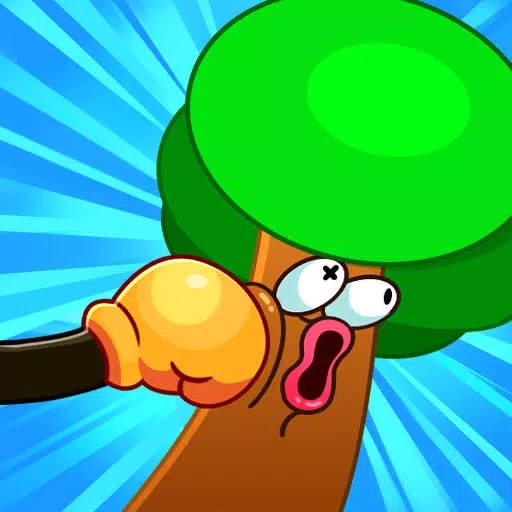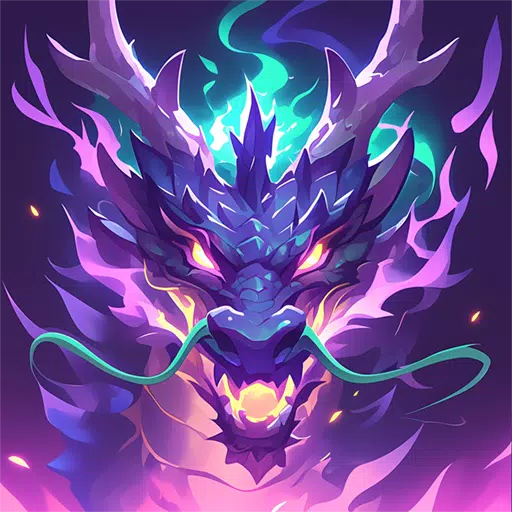In Minecraft, terracotta stands out as a versatile and visually appealing building material, prized for its durability and array of colors. This guide will walk you through the process of creating terracotta, explore its properties, and showcase its utility in construction projects.
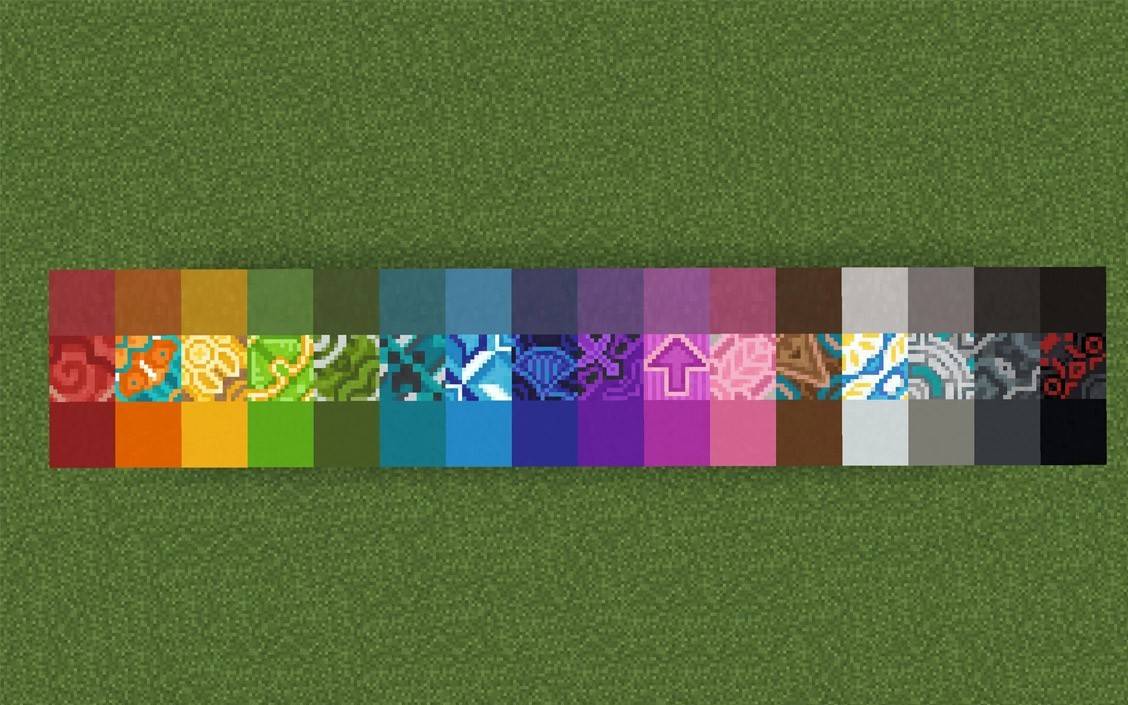 Image: planetminecraft.com
Image: planetminecraft.com
Table of Contents
- How to Get Terracotta in Minecraft
- The Ideal Place for Gathering Terracotta
- Types of Terracotta
- How to Use Terracotta in Crafting and Construction
- Availability of Terracotta in Different Versions of Minecraft
How to Get Terracotta in Minecraft
To begin crafting terracotta, you'll first need to gather clay. This resource can be found in various bodies of water such as rivers and swamps. Once you break the clay blocks, collect the clay balls that drop. These clay balls must then be fired in a furnace, which requires fuel like coal or wood. The result of this firing process is the terracotta block you're after.
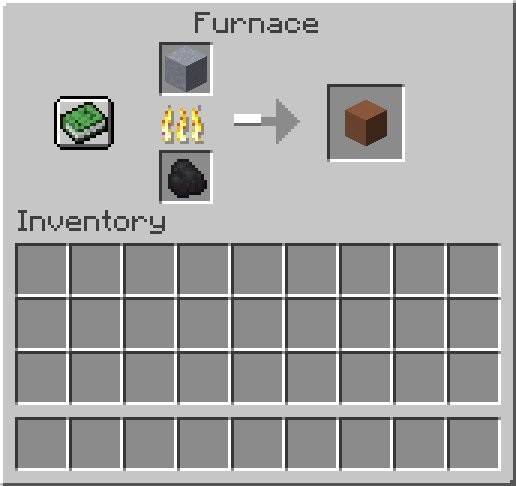 Image: ensigame.com
Image: ensigame.com
Terracotta can also be found naturally in certain structures, particularly in the mesa biome where you'll encounter naturally colored variants. In the Bedrock Edition, you have the option to acquire terracotta through trading with villagers.
 Image: pinterest.com
Image: pinterest.com
The Ideal Place for Gathering Terracotta
The Badlands biome is your go-to location for terracotta. Known for its vibrant and rare landscape, this biome is rich with terracotta in various hues such as orange, green, purple, white, and pink. Here, you can harvest terracotta in abundance without the need for pre-processing.
 Image: youtube.com
Image: youtube.com
In addition to terracotta, the Badlands biome offers:
- Sandstone and sand on the surface
- Gold, which is more accessible near the surface
- Dead bushes for harvesting sticks
The unique terrain of the Badlands also makes it an ideal spot for constructing colorful bases and collecting valuable resources.
Types of Terracotta
Terracotta comes in a standard brownish-orange color, but it can be transformed into sixteen different colors using dyes at a crafting table. For instance, adding purple dye will produce purple terracotta.
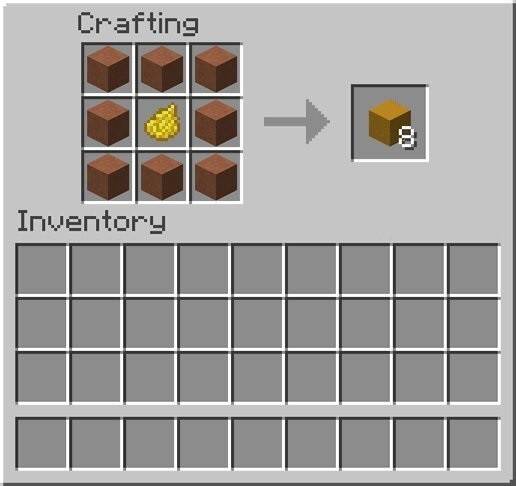 Image: ensigame.com
Image: ensigame.com
Glazed terracotta, on the other hand, is created by re-firing dyed terracotta in a furnace. These blocks feature unique patterns that can be arranged to create decorative designs, making them perfect for both aesthetic and functional building projects. They can highlight areas on floors or walls or serve as markers for specific locations.
 Image: pinterest.com
Image: pinterest.com
How to Use Terracotta in Crafting and Construction
Terracotta's strength surpasses that of regular clay, making it an excellent choice for both interior and exterior decor. Its variety of colors allows for the creation of intricate patterns and ornaments. It's commonly used for wall, floor, and roof cladding. In the Bedrock Edition, terracotta is instrumental in crafting mosaic panels, where different colors and placement can achieve stunning designs.
 Image: reddit.com
Image: reddit.com
In Minecraft 1.20, terracotta is used in the creation of armor patterns through the Armor Trim Smithing Template, allowing for unique customization of armor.
Availability of Terracotta in Different Versions of Minecraft
Terracotta is accessible in both Java and Bedrock Editions of Minecraft, with the mechanics for obtaining it being consistent across both, though textures may vary slightly.
In certain versions of Minecraft, you can also acquire terracotta by trading with master-level mason villagers, who offer various types in exchange for emeralds. This trading option is particularly useful if you're far from a mesa biome or prefer not to spend time smelting clay.
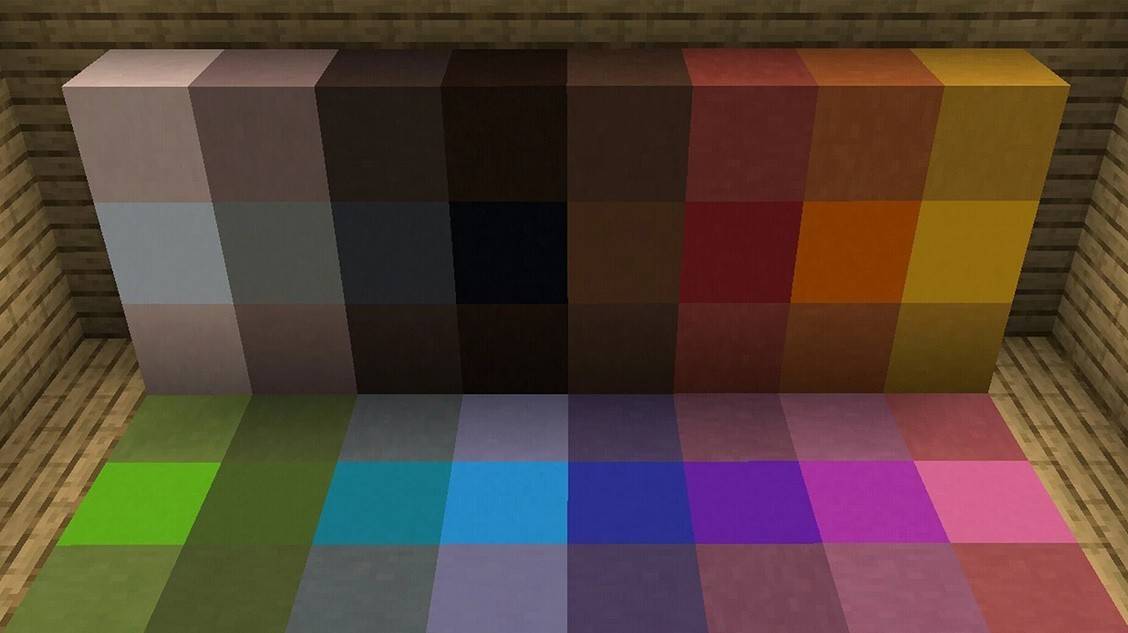 Image: planetminecraft.com
Image: planetminecraft.com
Terracotta is a durable and beautiful block that's easy to obtain and can be dyed into a rainbow of colors. By using a furnace and clay, you can craft this versatile material and incorporate it into your construction projects. Whether you opt for solid or glazed terracotta with its patterned designs, this block is a fantastic way to enhance any build, so don't hesitate to experiment and let your creativity shine!






